When it's cold and wet outside you can expect to return from a ride with you and your bike covered in mud, grit and other stuff.
Plus, there’s limited daylight, necessitating the use of bike lights, and when the sun does make an appearance it’s often low in the sky, impacting your vision – and that of other road users.
Add in frost, road salt and possibly snow and it’s a recipe for increased wear on your bike and components that might be pricey to repair or replace. The harsher conditions up the chances of getting a mechanical too – you want to try to avoid time spent at the side of the road getting cold, wet and miserable.
While you'll want to invest in a pair of winter gloves a good winter jacket and a pair of winter cycling shoes, it's equally important to make sure your bike is well-prepared. Here are our top tips to get your road bike winter-ready and help it survive the inclement conditions.
Get it serviced
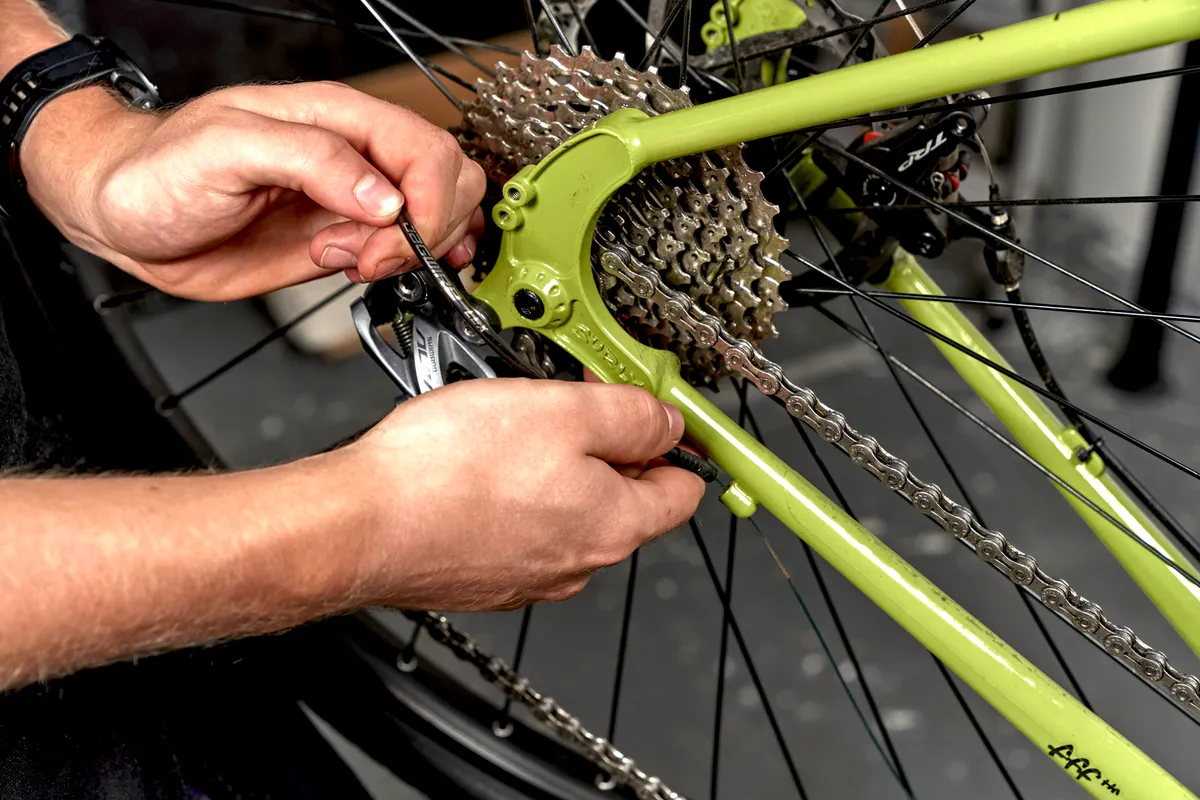
There’s a lot you can do yourself to keep your bike running smoothly. We’ve outlined the key parts to take care of in maintaining your road bike and how to go about it. Some servicing is easy to do, while other jobs may require specialist tools. We’ve a run-down of the most commonly used tools and what they’re used for.
To start, your gear and brake cables need to be kept lubricated so they run smoothly in their outers. If you’ve got external cable runs, you might be able to pop the outers out of their stops and re-lube the inner cables, although lubing internal cables is more tricky.
Inspect for wear and replace the inners and outers if necessary. Fitting end caps to your cable outers or replacing old ones will increase weather resistance.
Headset bearings, particularly the lower one, are in the line of road spray, so ensure they're well lubricated to keep water out.
Want to go further? Bottom brackets, hubs, shifters and brake pivots can all benefit from some TLC.
If all that sounds upper-division, book your bike into your local bike shop for a pre-winter service.
Sort your tyres
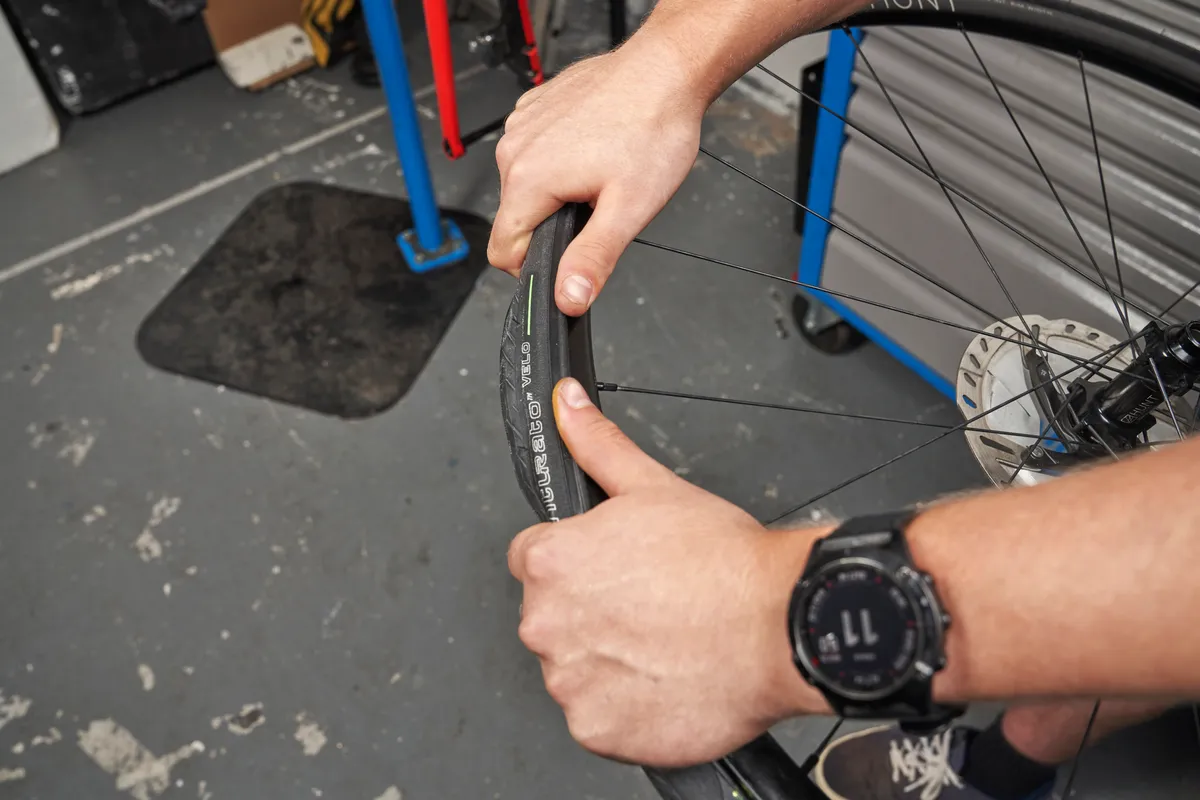
You will often see more riders by the side of the road fixing punctures come winter. This is due to several reasons, but generally increased rain in winter tends to wash more debris into the road, increasing the potential for punctures further.
A heavier-duty set of winter tyres may add a bit of weight, but they’ll be better able to withstand sharp-edged grit and thorns. They’ll also typically have a more pronounced tread, to increase grip on wet leaf mush or other loose surfaces.

It’s also worth considering setting your tyres up tubeless. Many newer bikes will have tubeless-ready wheels and your tyres might be tubeless-ready too, so it might be easy to convert.
There’s a bit of expense involved in buying tubeless valves and sealant, and you’ll need to maintain a tubeless setup periodically. However, you’ll be able to ditch your inner tubes, saving you ongoing expense and the sealant should drastically reduce the chances of getting a flat.
Tubeless tyres are usually a bit heavier-built than summer tubed tyres too, so they’re more resistant to penetration. Keep an eye on your tyres, keep them properly inflated and check for damage or embedded debris.
Wide, tubeless tyres are also one of the reasons why gravel bikes are great for winter riding.
Make sure you can stop

Like your summer tyres, your brake pads are another item that doesn’t really like the winter conditions. If you’ve got rim brakes, the combination of wet and dirt can quickly wear them and your rims down.
Stopping distances are a lot longer in the wet too. It's a good idea to clean rim brake pads and braking surfaces more frequently to remove any grit that can wear down both quickly.
It’s a bit better with disc brakes, which are further from the road and less susceptible to muck, but wear can still increase in the winter. It's also worth investing in some proper disc brake cleaner to prevent contamination when washing your bike.
So if your brake pads look as if they’ve seen better days or your rim brake pads have debris embedded in them, it’s a good time to replace them to up your stopping power.
Fit mudguards
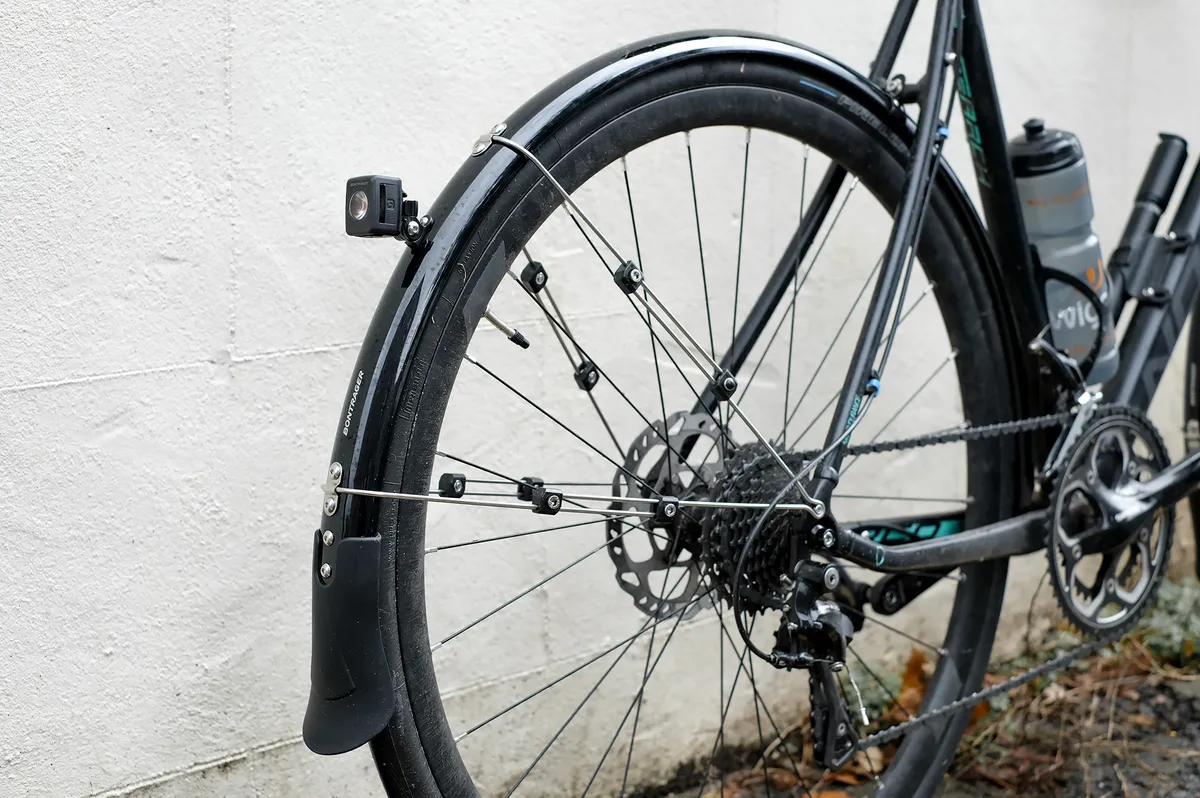
Mudguards will do your bike – and you – the world of good, protecting it from muck and a wash of dirty water. Road dirt seems to be able to find its way into everything, especially the drivetrain and headset, while water can quickly strip your chain of lube so that it starts to rust.
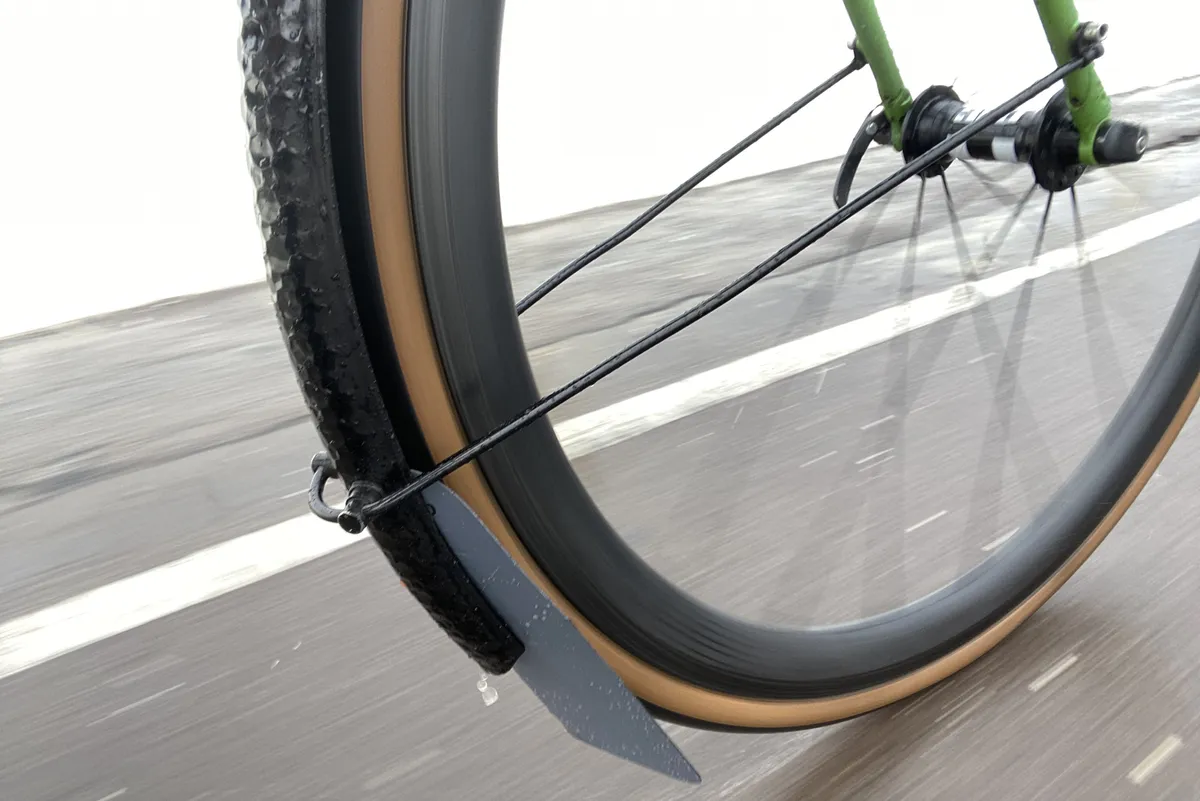
A set of full-cover mudguards will protect a lot of the bike, as well as keeping you more comfortable. If you’re riding with others, they’ll thank you too. Mudflaps at the ends of the mudguards will help even more with wheel spray.
A few years ago, fitting mudguards to most bikes was a hassle, with narrow clearances and no mounting points. But bike makers now seem to have seen the error of their ways and even many high-end performance bikes will have mudguard mounts. The switch to wider tyres has upped frame clearances too.
Ride with lights and reflectors
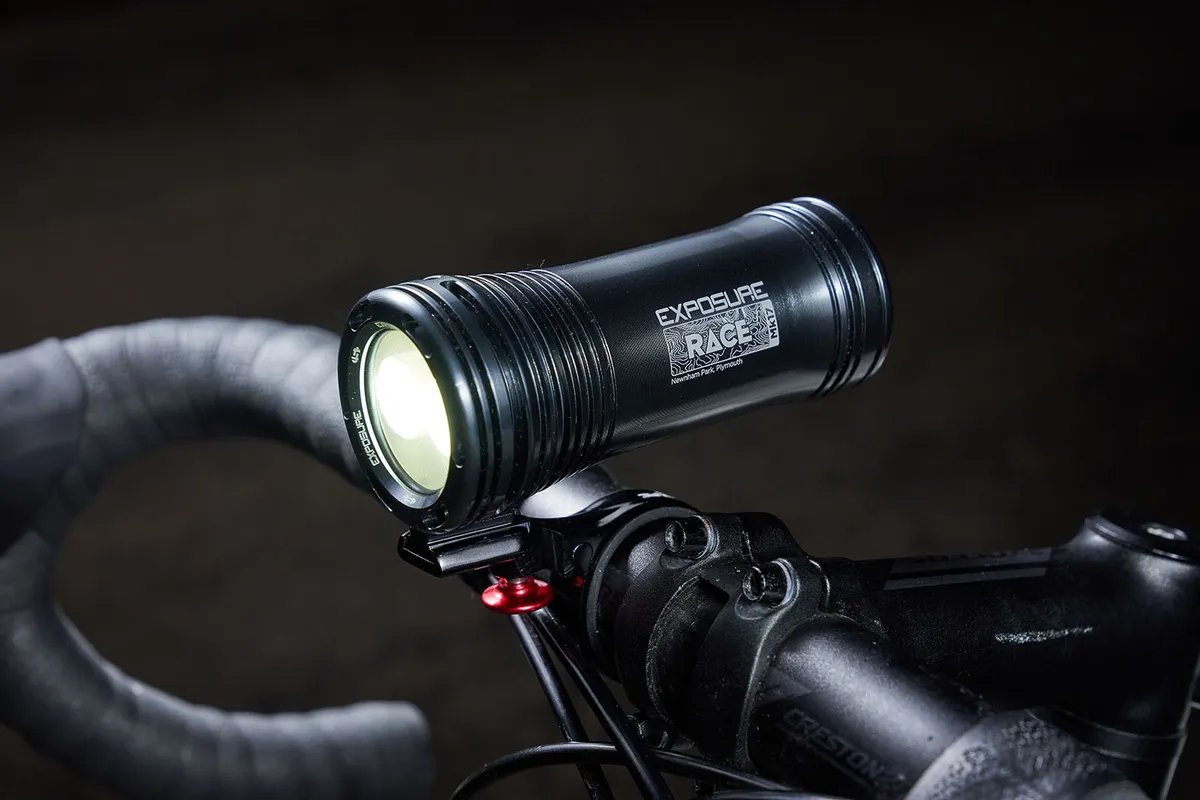
With shorter days, it’s a good idea to fit bike lights when going out in the winter. If you’re planning a ride of any length, you’re likely to begin or end it in twilight and any delays may mean night has fallen by the time you get home.
Bad weather will also limit drivers’ ability to see you. A set of blinkies will probably be enough for most rides. They’re inexpensive, lightweight and usually USB rechargeable.
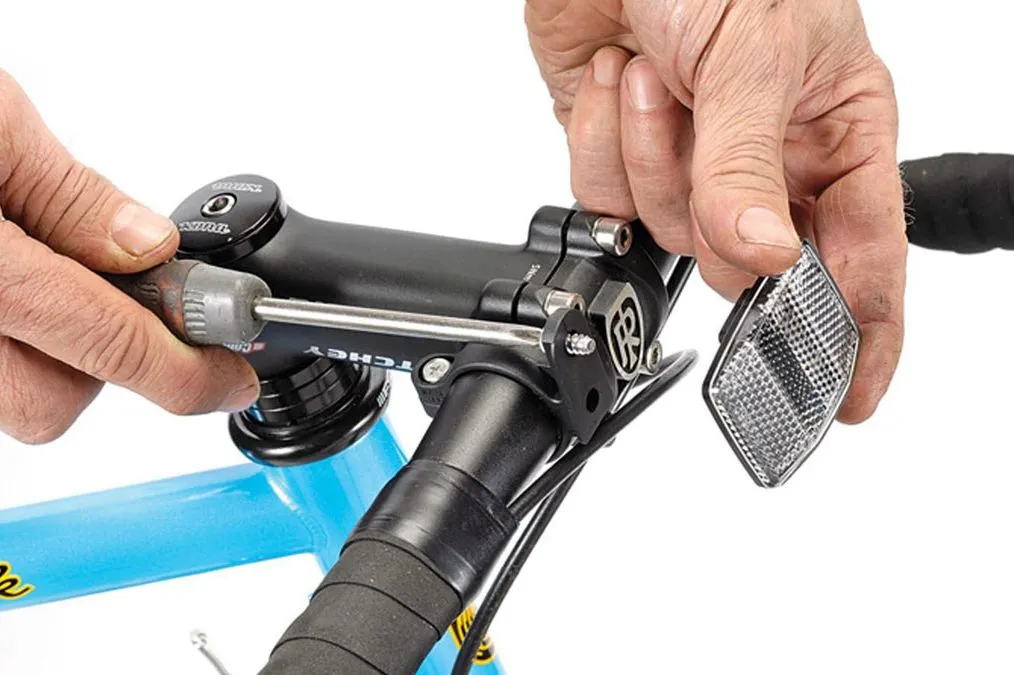
As well as lights, reflectors can help to up your visibility in low-light conditions or when the sun is low on the horizon.
There’s a legal requirement in the UK to have a red reflector on the rear of your bike and amber reflectors on your pedals. Clothing with reflective elements built in is a sensible measure too.
Keep it clean
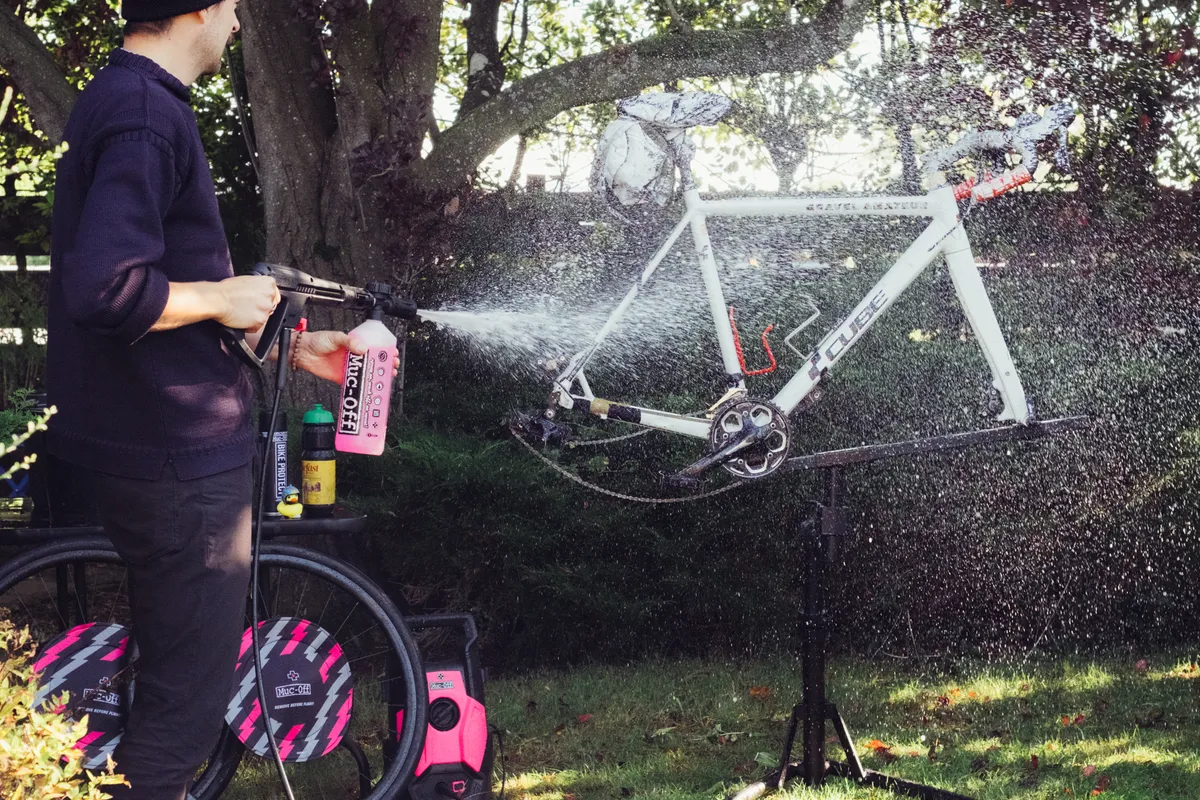
You’ll want to keep your bike clean too and it’s likely to need a wash down after most rides. That’s not just for aesthetic reasons, it'll prevent damp and salt from causing corrosion too – salty water can set up an electric current between different metals and between metal parts and carbon frames that can eat away at them.
Bike protector sprays can help to repel water and keep your frame and components cleaner for longer, too.
It’s a good idea to use specialist bike cleaning products, which will be more effective against grime and are formulated to avoid damage to parts.
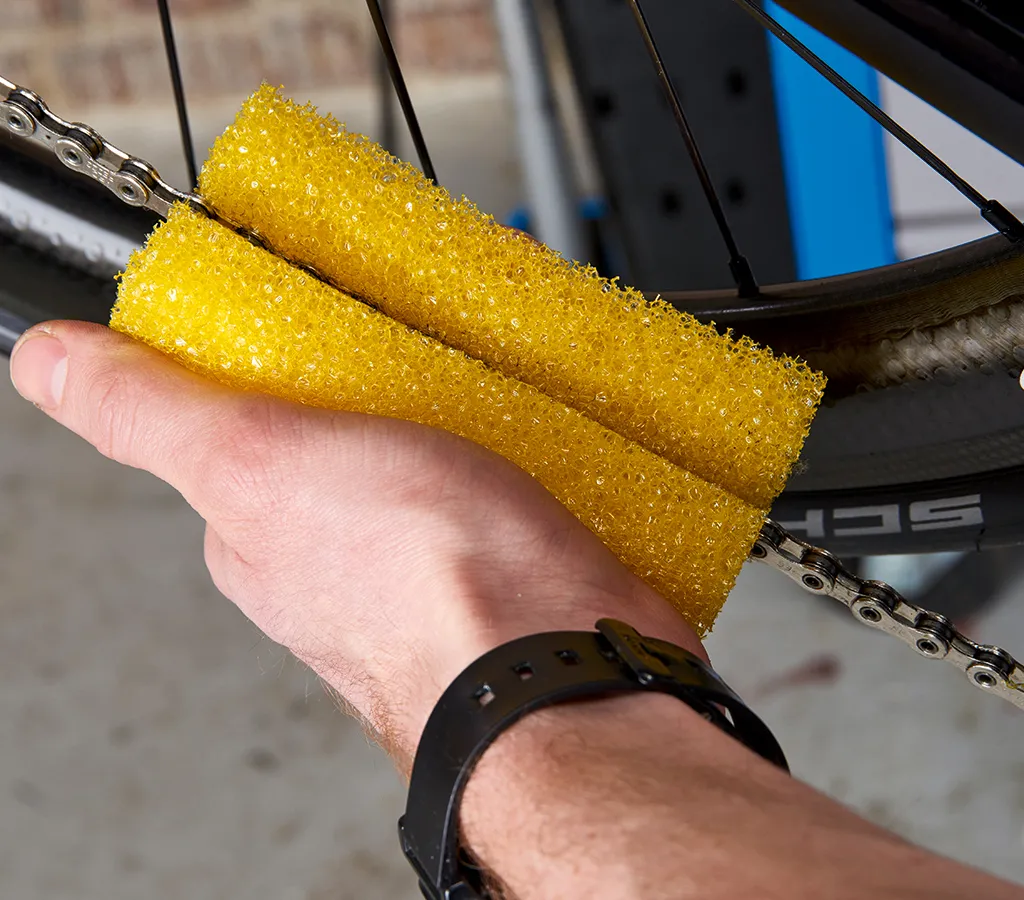
Though they're fine to operate with a bit of caution, using a jet wash to clean your bike can easily damage delicate parts, tyres, bearings and finishes if you're careless.
It’s not just surface dirt on your frame that you need to keep in check. It’s important to keep your chain and gears clean too because the combination of dirt and lube can form an abrasive paste.
So buy a chain cleaning tool and degreaser, and use them regularly to get the muck off your drivetrain, wipe the chain clean and re-lube. Pay attention, also, to jockey wheels, which can quickly get clogged up with abrasive gunk.
Lubricate
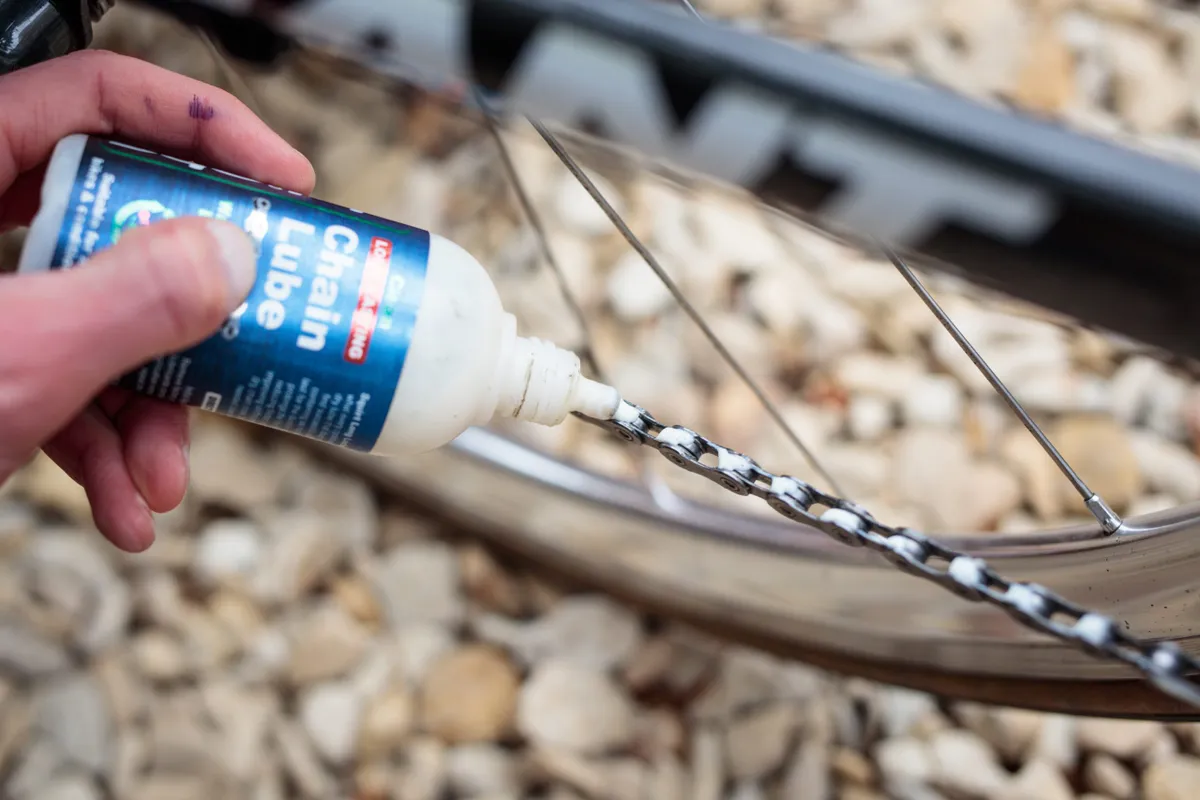
You need to swap the lubricant you use on your chain for the winter as well. Whereas a lightweight dry lube will keep your chain running sweetly on dry summer roads, a wet lube is better suited to winter riding.
It should have more staying power and not wash off so easily in the rain, although it’s more likely to attract dirt, so you need to up your chain-cleaning regime.
It’s not just the chain that needs lubricating: you should also keep your headset, bottom bracket, hubs, freewheel, rim-brake pivots, and pedal axles and releases lubed.
Water can seep into the top of your seat tube and corrode the seatpost, so unscrew the bolt, pull out the post, give it a good clean and apply assembly paste or grease to ensure it doesn’t freeze in place.
Don’t sweat it
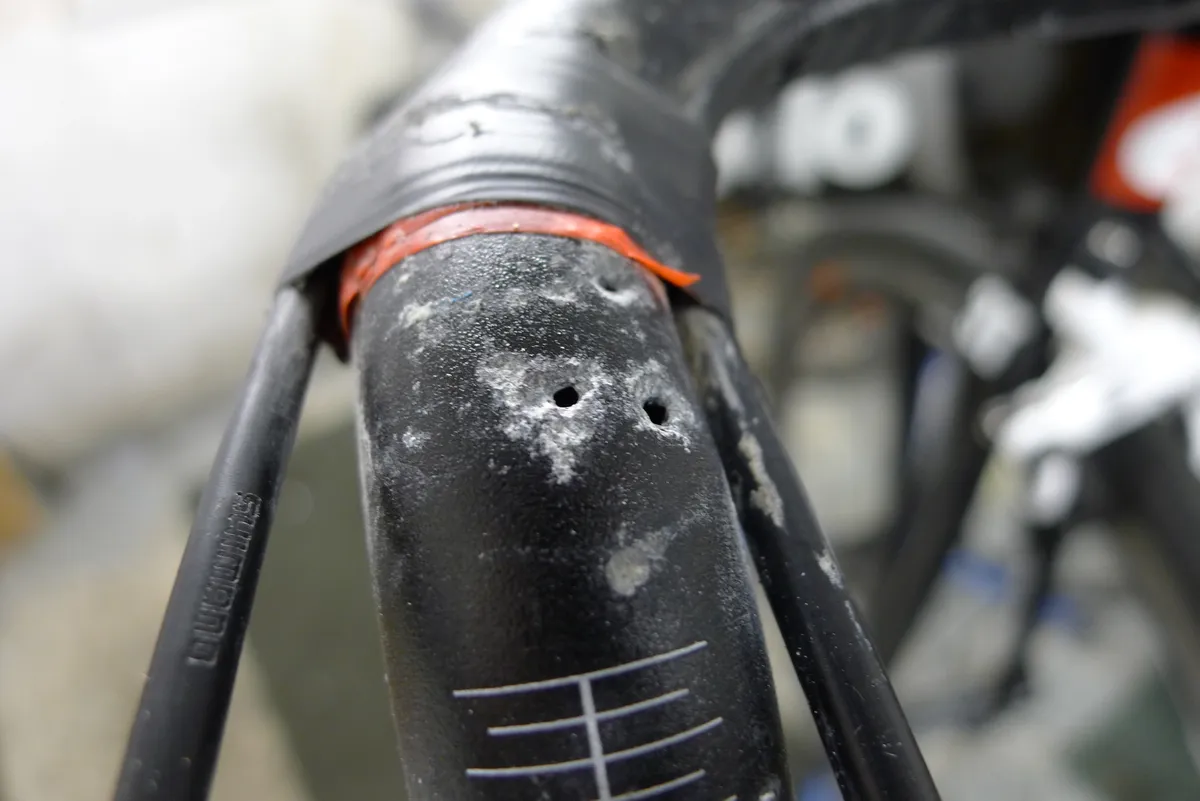
Don’t fancy riding outdoors? If you’ve decided to take to the indoor trainer until the weather improves and the sun sets a bit later, we’re sorry to say your maintenance tasks aren’t over.
Sweat is the enemy of many bike parts and you’ll produce it in bucketloads, spreading it over your bars and controls in particular. So you need to protect your bike.
You can buy sweat protectors to hook over your bars and Muc-Off makes a sweat protector spray. You also need to wash your bike off regularly to remove the salt build-up, wipe it dry and keep it well lubed to prevent corrosion setting in.
